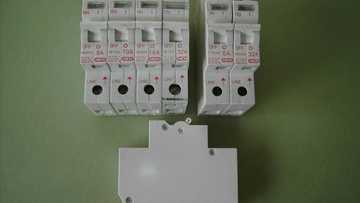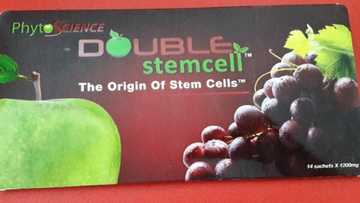Different types of solar panels for homes
Since it’s an established fact that humanity is going to run out of oil and gas sooner or later, it’s wise to look for other sources of energy both as a country and as individual citizens. We recommend you think about the future today and install solar power systems ahead of time. If you’d like to learn about the different types of solar panels for homes, continue reading below!
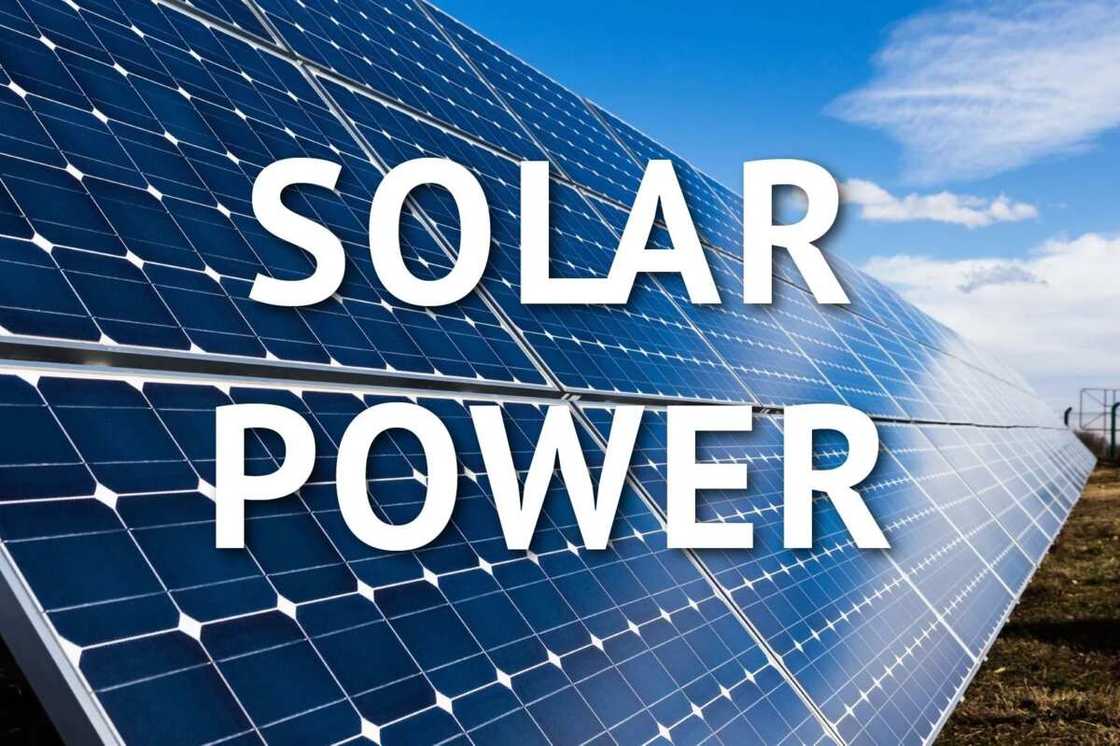
Types of solar panels
Did you choose to convert to a life of energy independence, but were surprised at the different kinds of solar panels that were offered to you? There’s no need to worry. We’ll walk you step by step through all the most significant differences between all the available products. After all, if you’re making such a meaningful change, you have to ensure you make an educated decision.
Numerous factors determine the quality of a solar system for a home. We’re talking about pricing, durability, effectiveness, and the technology that was used during the construction. Below you’ll find all the different types of solar panels explained so that you can narrow them down to the option that is best suited to you.
Monocrystalline solar panels
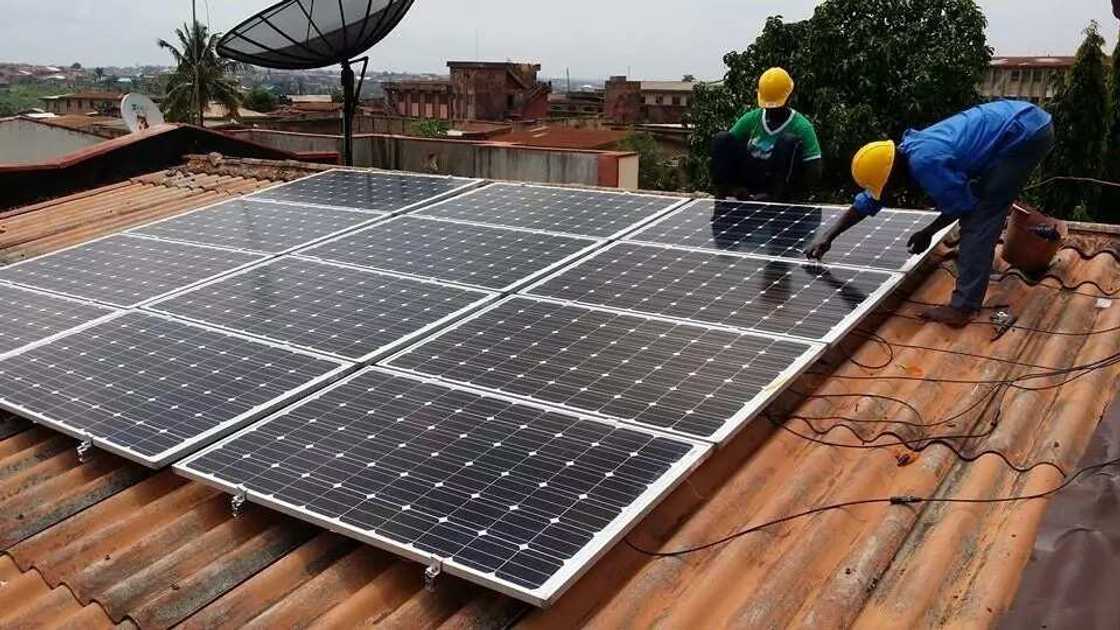
There are three common types of solar collectors, and monocrystalline is the most efficient of them. It achieves this title because of the one-of-a-kind technology applied during the production. Manufacturers utilize the silicon material to the maximum by growing only one crystal. Due to its pure nature, monocrystalline panels excel at producing electricity.
The crystal has an oval form, and these solar panels are carved in patterns that give them their trademarked grid-like look. From the outside, a monocrystalline panel has a beautiful black color. It also takes up less space than its competitors and offers more productivity in a poorly lit environment.
The biggest disadvantage of using a monocrystalline panel is its expensiveness. If you choose this option, you’re going to pay dearly for each benefit it gives you. Another drawback for an environmentally-mindful citizen is that it produces waste when being manufactured.
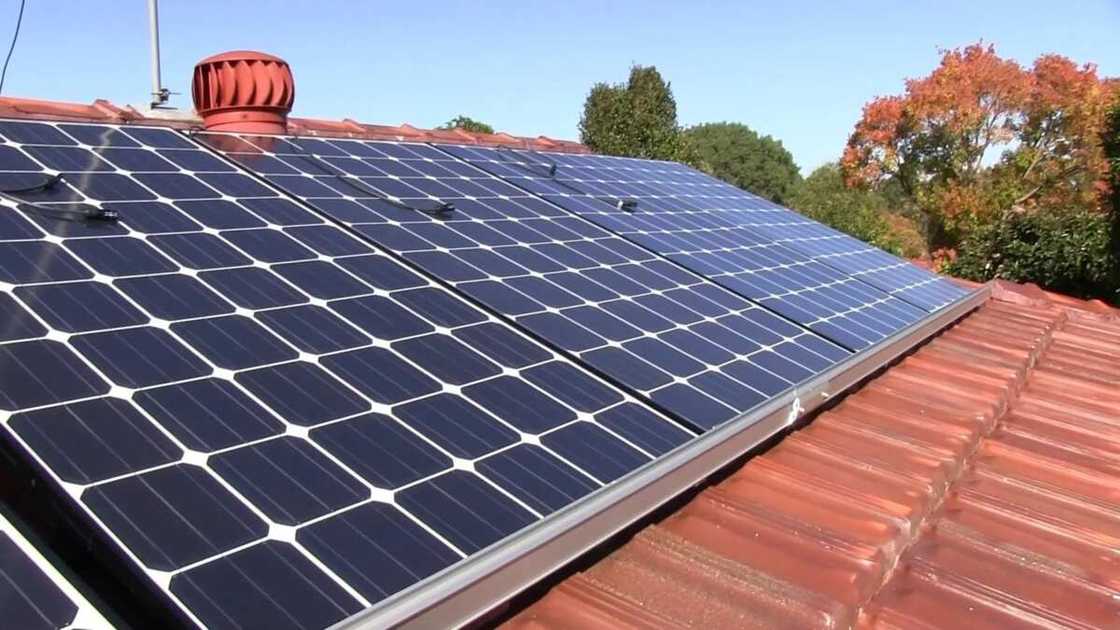
Interesting fact: Thanks to the metal bands, a monocrystalline solar panel can be easily attached to the roof of a building.
To summarize, here’s a short list of the most prominent advantages and disadvantages of this solar panel type:
Benefits:
- Uses the best material.
- Takes up less space, but provides the most level of electricity.
- Lasts longer, with the average lifespan lasting about thirty years.
Drawbacks:
- Loses efficiency in cold weather.
- Malfunctions when exposed to snow.
- Costs a lot more than any other type.
Polycrystalline solar panels
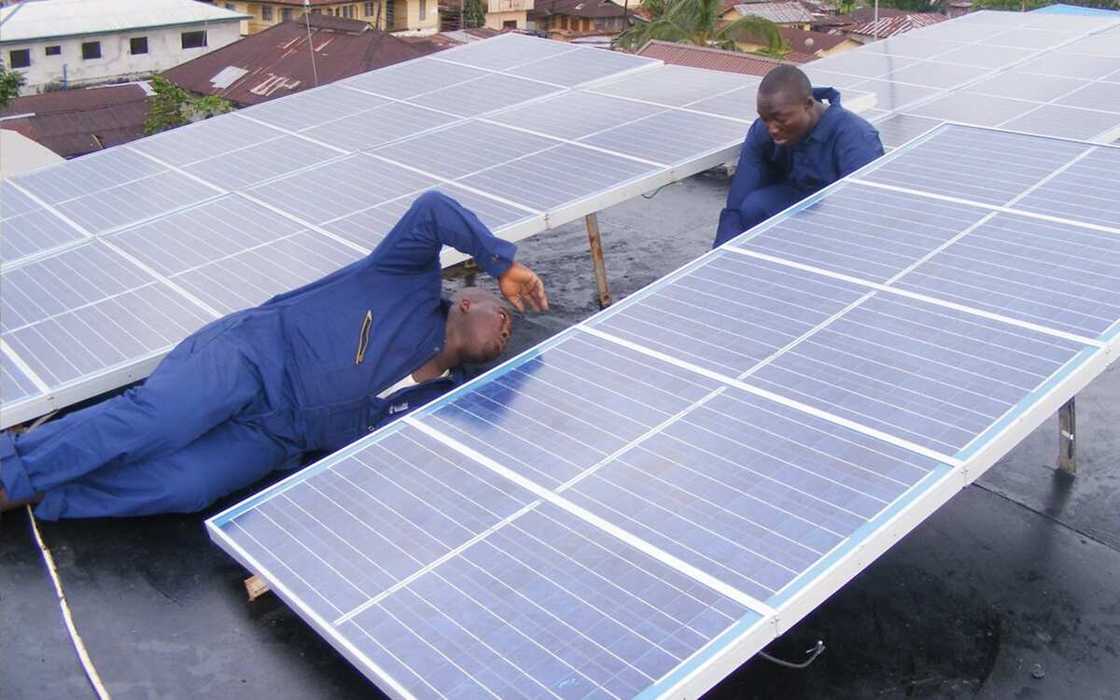
As suggested by the name of this type, its main difference from the monocrystalline panel is that multiple silicon crystals are used during production. They are melted and cast together and this process damages the integrity of the construction. This imperfection leads to a grainy look and is the reason for its insufficient effectiveness when compared to monocrystalline. Polycrystalline solar panels are usually in the shape of blue square wafers.
On the other hand, the production process doesn’t cost nearly as much, and manufacturers save money on energy and materials. Even more so, with the silicon being melted, polycrystalline eliminates all potential waste. This type of solar panel can also be put onto the roof with relative ease.
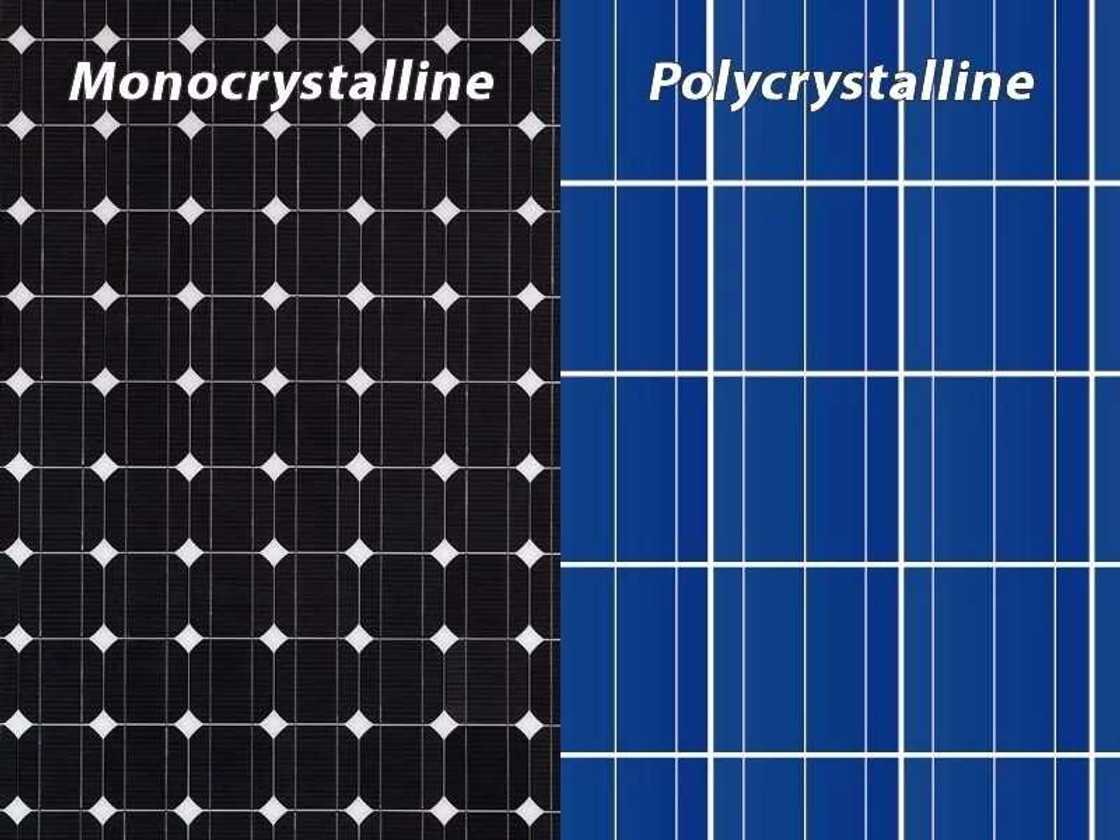
Benefits:
- Durable in extreme thermal conditions
- Cheaper cost
Drawbacks:
- Melted silicon isn’t as efficient
- Takes up more space compared to its competitor
Thin-Film solar panels
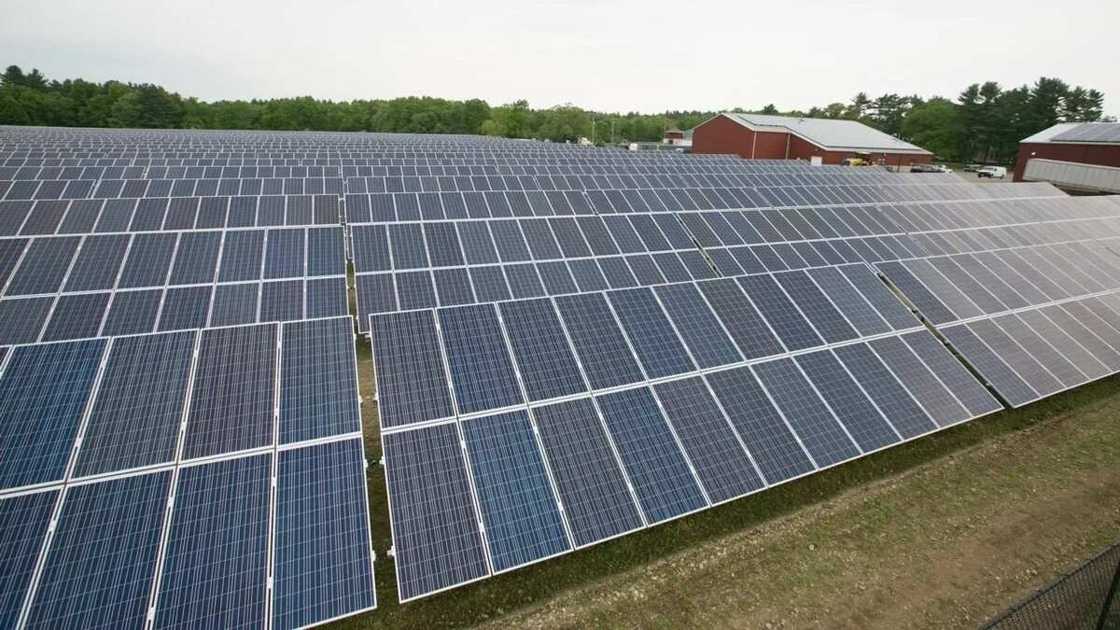
READ ALSO: How to make liquid air freshener at home?
Unlike the two other types, the Thin-Film panel isn’t made from silicon. Instead, it uses photovoltaic materials that are located in a thin layer on a substrate. This unique construction grants several unique properties to the panel.
Even though a Thin-Film panel isn’t as effective as the ones made from silicon, it is the easiest to make, and can be manufactured from several compounds. Thin-film systems are commonly produced from cadmium telluride or copper indium gallium selenide. They also have an edge in poorly-lit and extreme-temperature circumstances. Another advantage is the appealing look when compared to the mono and polycrystalline panels.
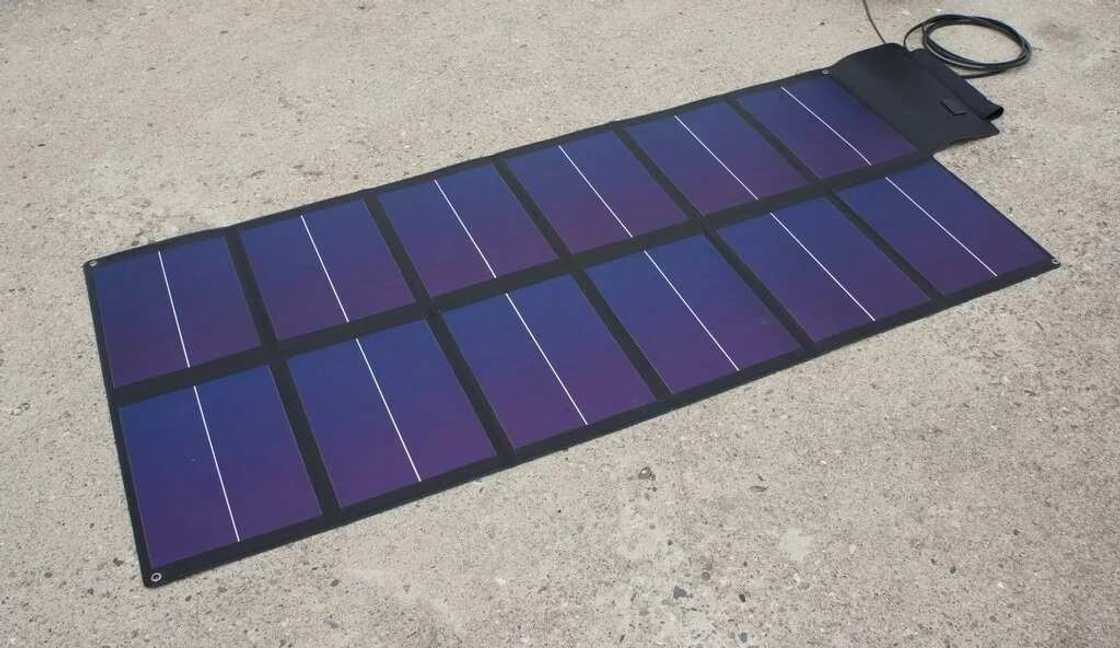
This type of solar panels can be usually spotted in large farming areas, with a lot of flat open spaces.
Benefits:
- Cheaper than the two alternatives
- Good wind, temperature and shade resistance
- Easy placement in all sorts of conditions
Drawbacks:
- Provides one-fourth of the electricity generated by a monocrystalline panel
- Demands a large number of panels to create a sufficient amount of energy
- Shorter lifespan
Now you know all the essential characteristics of the three main types of solar power systems. However, before we decide what are the best solar panels, let’s talk about them exclusively regarding home use.
Solar system for home
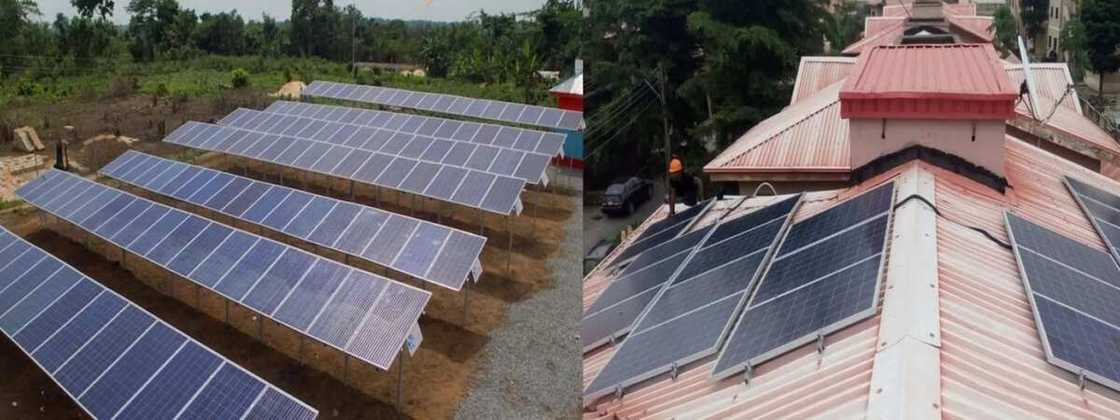
We can all agree that choosing solar panels for home isn’t the same as picking one for a farm or a factory. You have to look at different aspects, and that’s exactly what we’ll do below.
As it is evident from the previous paragraph, each type has its own set of benefits and drawbacks, and it all comes down to your personal preference. Below,, you’ll find short summaries explaining why you should go for each specific panel type.
- Monocrystalline
If the price is not an issue for you and you don’t care that much about protecting the environment, this is the choice for you. It’s also recommended for houses with very limited roof space. If you can afford a monocrystalline panel, it will prove to be worth it in no time.
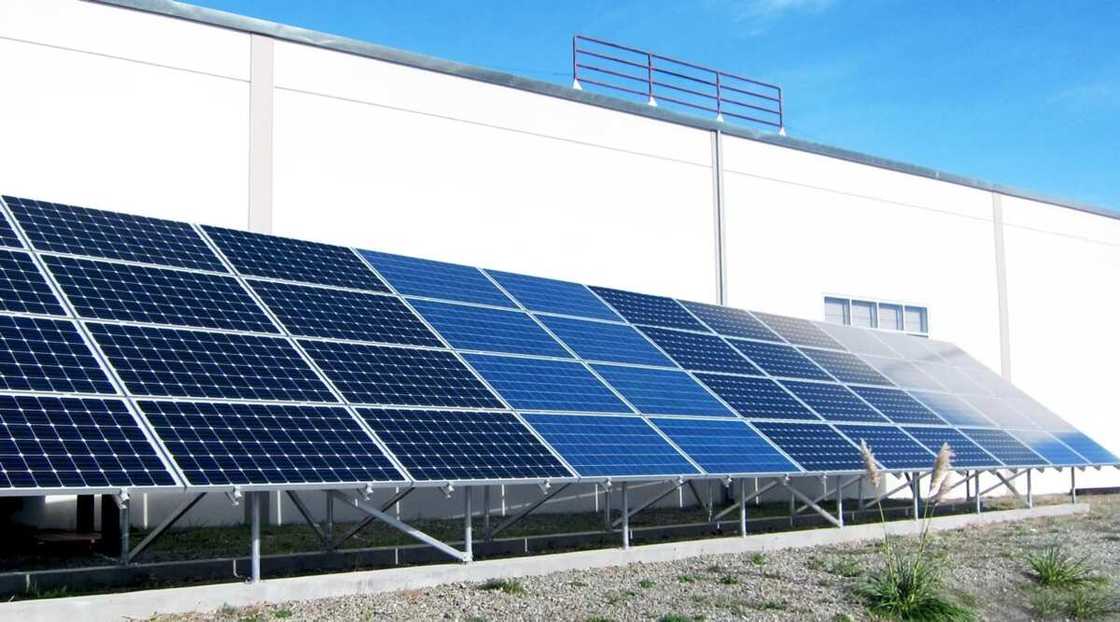
- Polycrystalline
For people looking for the “sweet spot” between efficiency and pricing, polycrystalline panels are the way to go. With an environmentally-clean manufacturing process and lower costs, the only real disadvantage is the lesser efficiency.
- Thin-Film
Thin-Film is a popular choice among homeowners because of its price. However, due to their inefficiency and massive space consumption, we recommend this option only for people that have enough land to place all the necessary panels.
Now you have all the information about the different types of solar panels and how they work. We hope that this article will help you make a wise decision!
READ ALSO: Sewing machine types
Source: Legit.ng

